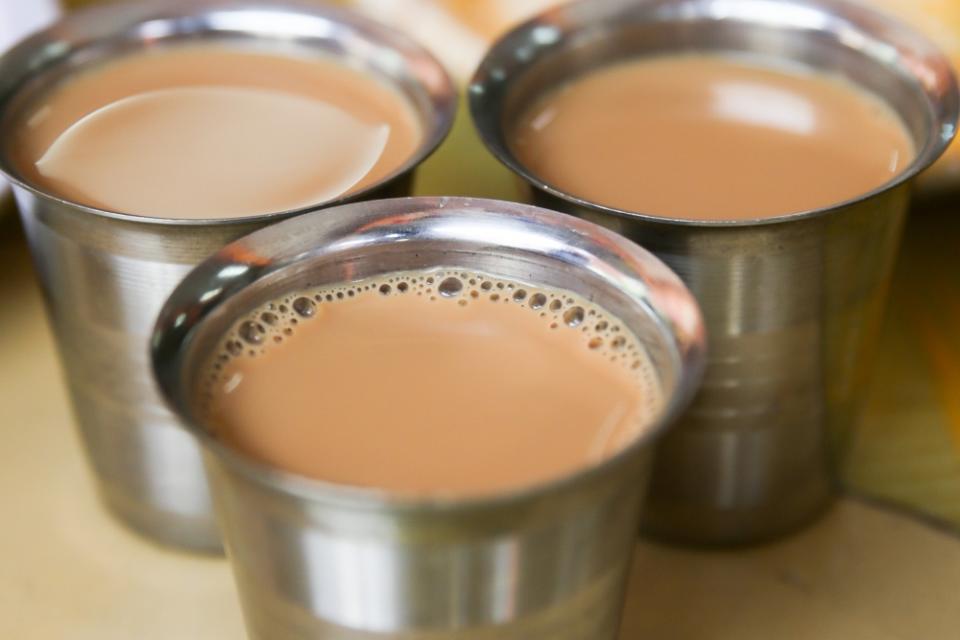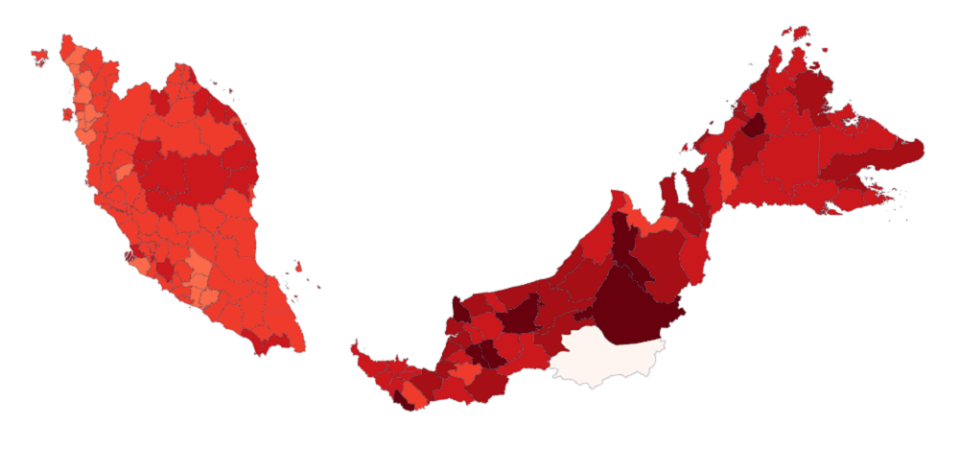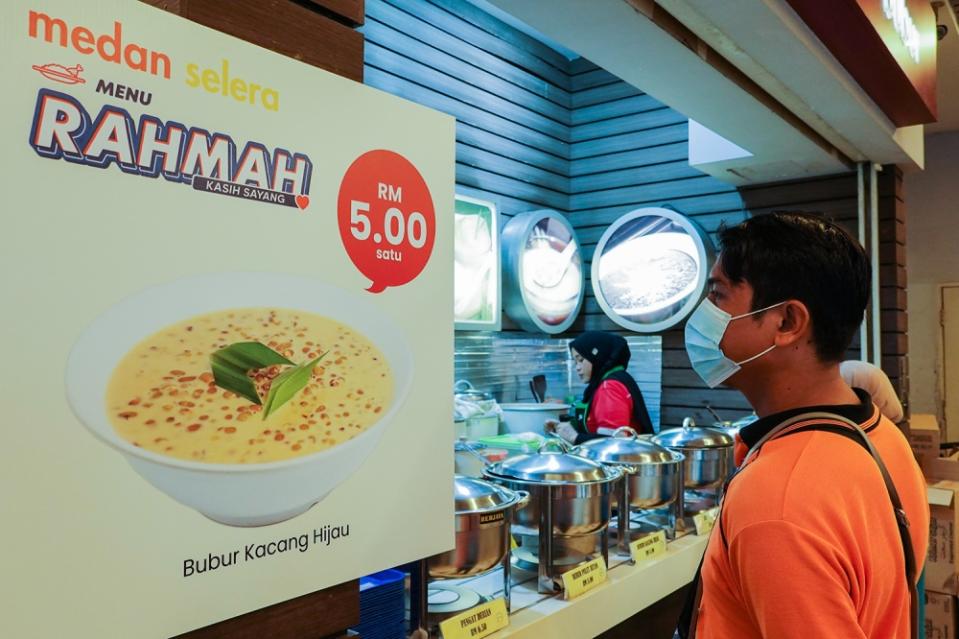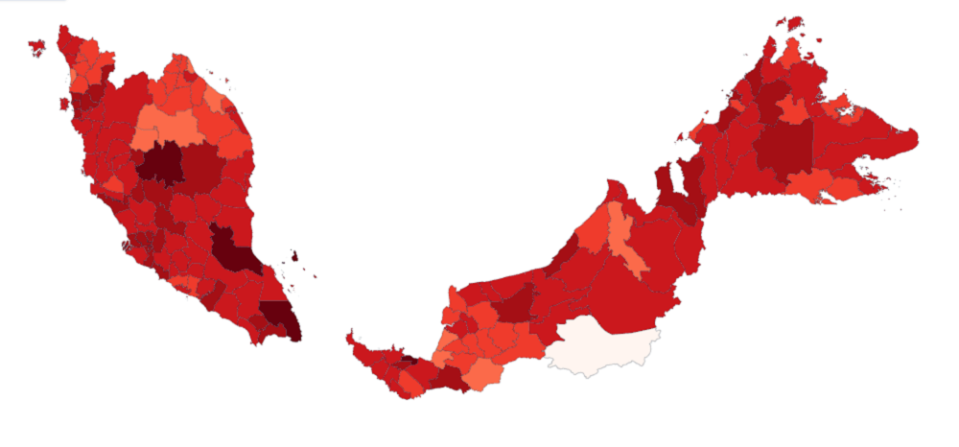Where is teh tarik and roti canai most expensive in Malaysia? Here’s what the stats say

KUALA LUMPUR, Feb 9 — A favourite pastime of Malaysians, dining out has become increasingly expensive due to rising food, fuel, and material costs that have been worsened by the Russia-Ukraine war and climate change that has hurt agricultural yields.
Prices of food and other essential items, which have reportedly shot up by 60 per cent, are causing concern as the effects are not only being felt by B40 householders but also those in the middle-income category, especially those living in the bigger cities.
Paying more for food and basic necessities has translated to higher household spending and dwindling savings.
In fact, observers expect consumers’ purchasing power to continue to decline in the coming months based on last month’s consumer price index (CPI) or inflation rate.
The Department of Statistics Malaysia (DoSM) has been keeping track of the prices of goods over time, and this week the most recent data from December 31 last year was released to the public through its new open data portal OpenDOSM which presents it alongside locality data from its Kawasanku portal. (Note that data for some districts in Sarawak were missing.)
Malay Mail took a look at where we can find the most expensive and cheapest average prices for roti canai, teh tarik, as well as a plate of rice with chicken and vegetables, to compare the disparity of experiences among Malaysians.
Roti canai
This flatbread dish served among others with curry is synonymous with Indian-Muslim eateries called mamak, which are frequented by Malaysians from all backgrounds.
The most expensive place to eat roti canai is in Kapit, Sarawak coming in at RM2.50 per piece. Kapit is located in the inner districts of Sarawak 523km from Kuching which is the capital and chief port of Sarawak.
Other districts like Matu, Tatau and Song and Lawas in Sarawak as well as Tambunan, Kota Marudu and Pitas in Sabah also have among the most expensive roti canai at RM2.00 per piece.
The cheapest roti canai in East Malaysia can be found in Subis, Sarawak where one piece will cost you half the price, at RM1.10.

Department of Stats Malaysia map showing average prices of roti canai in Malaysian districts. Darker colour means more expensive.
In Peninsular Malaysia, Jerantut in Pahang has the most expensive roti canai coming in at RM1.80 per piece while densely populated areas like Klang Valley are averaging RM1.67, Sepang RM1.60, Petaling RM1.48, Kuala Selangor RM1.45 and Kuala Lumpur RM1.43.
The cheapest roti canai can be found in Rompin, Pahang and Dungun in Kuala Terengganu both priced at RM1 per piece.
Most of the districts with cheaper roti canai are located in the mid and south of Malaysia in the states of Pahang, Johor and Seremban, all priced below RM1.40, including Johor Baru, where one roti canai will run you just RM1.34.

Tea tarik is seen in a biryani shop in Brickfields May 6, 2016. — File picture by Choo Choy May
Teh tarik
Teh tarik, literally “pulled tea”, is a mixture of strong tea, condensed milk and creamers that is a staple of many, from blue-collared workers to royalty.
DOSM notes that it is very expensive to drink teh tarik in East Malaysia, especially in the inner districts.
The most expensive cup of teh tarik can be found in Sarawak in the districts of Beluru and Pakan (RM3.50), Selangau (RM3.20) and Belaga, Daro and Tebedu (RM3). On average a cup of teh tarik in East Malaysia will run you more than RM2.
All of these districts are located either in the inner areas of the state or near coastal lines far from the capital city.
In Sabah, the most expensive cup of teh tarik is in Tambunan at RM3 while the cheapest is in Tenom at RM1.67. Famous tourist destinations like Kota Kinabalu are priced at RM2.67 while the port city Lahad Datu has one cup priced at RM2.57.

Department of Stats Malaysia map showing average prices of teh tarik in Malaysian districts. Darker colour means more expensive.
Meanwhile in Peninsular Malaysia, the Klang Valley came in the top spot, where one cup of teh tarik will cost you RM2.30, while in Petaling it’s RM1.94.
In second place for most expensive teh tarik is Jerantut and Lipis in Pahang at RM2.15 per cup, followed by Pontian (RM2.08), Seremban (RM2.04), Johor Baru (RM2.02). In Kuala Terengganu, the average price is around RM2 in districts close to the shore like Kemaman (RM2.03), Dungun (RM2), Marang (RM2), Setiu (RM2).
The cheapest teh tarik can be found in Kuala Muda in Kedah coming in at RM1.20, followed by Kuala Langat in Selangor at RM1.27. Other areas in Seremban and Melaka are close. In Tampin and Jempol, Negeri Sembilan, a cup will run you RM1.35 and RM1.40.

Variety of Menu Rahmah served at Mydin USJ on February 06,2023. Picture by Miera Zulyana
Rice, chicken and vegetables
Putrajaya recently introduced the Menu Rahmah a programme spurred by the Ministry of Domestic Trade and Cost of Living for the hardcore poor, which targets the participation of 15,000 premises nationwide.
Last month, its minister, Datuk Seri Salahuddin Ayub, said around 12,000 premises have already offered the menu, including restaurants affiliated with the Malaysian Indian Restaurant Owners Association (Primas), the Malaysian Muslim Restaurant Owners Association (Presma), Malaysia Singapore Coffee Shop Proprietors General Association (MCSPGA), and Mydin supermarket outlets nationwide.
Menu Rahmah is a set meal with a fixed price of RM5, which typically comprises a plate of rice with a serving of chicken and vegetable each.
As found out by Malay Mail, this meal has attracted not only the poor, but also those in the middle class as many are trying to spend less.
DOSM survey of prices also included a category for this specific combination.

Department of Stats Malaysia map showing average prices of nasi campur in Malaysian districts. Darker colour means more expensive.
Lipis in Pahang and Kota Tinggi in Johor are the two places in Peninsular Malaysia that are the priciest at RM10 per plate. This was closely followed by Rompin at RM9.
In the Klang Valley, a plate will cost you on average RM8.25, Kuala Lumpur RM8.24, Ulu Langat RM8.33, Petaling RM7.80, Gombak RM7.50, Kuala Selangor RM7.25 and Ulu Selangor RM7.17.
The cheapest place to eat is in Gua Musang in Kelantan, Kecil Lojing in Pahang and Setiu in Kuala Terengganu, all coming in at RM5 per plate.
In East Malaysia, overall prices were lower than Peninsular, with the most expensive place to eat at RM10 per plate only in one district called Asajaya in Sarawak.
In Kuching, a plate will run you RM6.88, Sibu RM5.62, while the cheapest place to eat in Sarawak is in Beluru, where one plate of rice chicken and a vegetable will cost you only RM4.
In Sabah, prices in the central districts are higher than the coastal areas. In Kota Kinabalu, a plate will cost you RM8.60 which is the most expensive in the state. Other places like Tongod, Ranau and Kota Belud come in at RM8, RM7.83 and RM7.95 respectively.
According to the government’s Household Income Estimates and Incidence of Poverty Report Malaysia 2020, 12.8 per cent of the top 20 per cent (T20) households and 20 per cent of the middle 40 per cent (M40) households have shifted to the low-income category.
Its data showed that 600,000 to one million M40 households have shifted to the B40 group as a result of retrenchment exercises and pay cuts.
The government has been urged to create an effective mechanism to address the rising prices as well as shortages in the supply of certain food items and the Minister of Economic Affairs Rafizi Ramli has told the public to be smart with our choices of restaurants to eat out by asking us not to spend more than we should when eating out.
He urged consumers must keep abreast of the cost of raw goods to make educated purchases, while also getting wise to vendors and retailers who continue to price themselves above the inflation rate.



